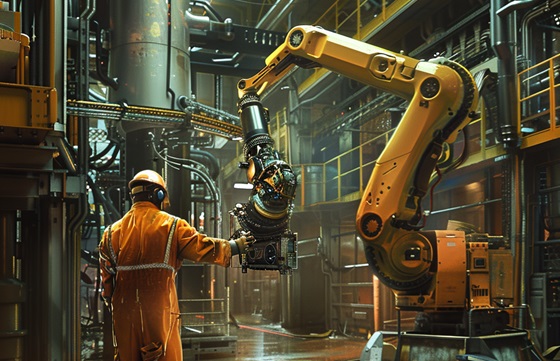A team from the Massachusetts Institute of Technology has developed a new method for ensuring the safety of robot trajectories, offering a significant improvement over existing techniques. This advancement is particularly important in scenarios where robots operate in close proximity to humans or in confined spaces, such as domestic environments or commercial kitchens.
The technique, created by electrical engineering and computer science graduate students Alexandre Amice and Peter Werner, along with their senior colleague, Russ Tedrake, focuses on accurately and efficiently verifying that a robot’s planned movement will not result in collisions. Unlike previous methods, which often either produced false positives or were too slow for practical use, this new approach guarantees 100% accuracy in confirming collision-free paths, assuming the model of the robot and its environment is precise.
The innovation lies in the application of a special algorithmic technique known as sum-of-squares programming. This technique allows for the generation of a hyperplane function that moves with the robot, constantly ensuring that its entire trajectory remains clear of potential obstacles. This is a departure from the standard practice of recalculating the safety of each individual movement, significantly reducing the time required to verify safety.
While the method is highly accurate and fast, it does have limitations. Its efficiency depends on the accuracy of the robot and environmental model used, and it is currently too slow to be integrated directly into a robot’s real-time motion planning system. However, the researchers are optimistic about future enhancements, including the possibility of bypassing safety checks in low-risk situations and experimenting with faster optimization solvers.
This research, which has implications for a wide range of applications, from commercial kitchens to healthcare, will be presented at the International Conference on Robots and Automation. The project has received support from both Amazon and the U.S. Air Force Research Laboratory, reflecting its potential impact on both commercial and defense-related robotics applications.

